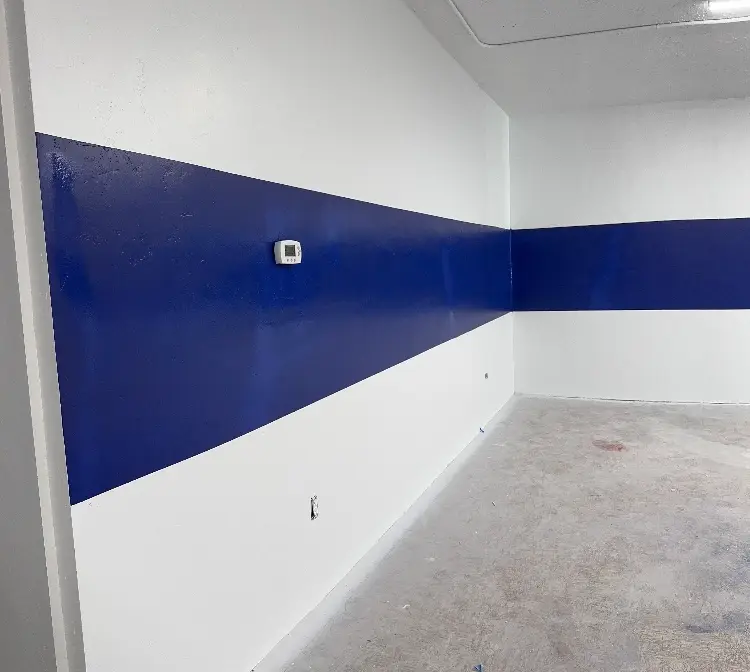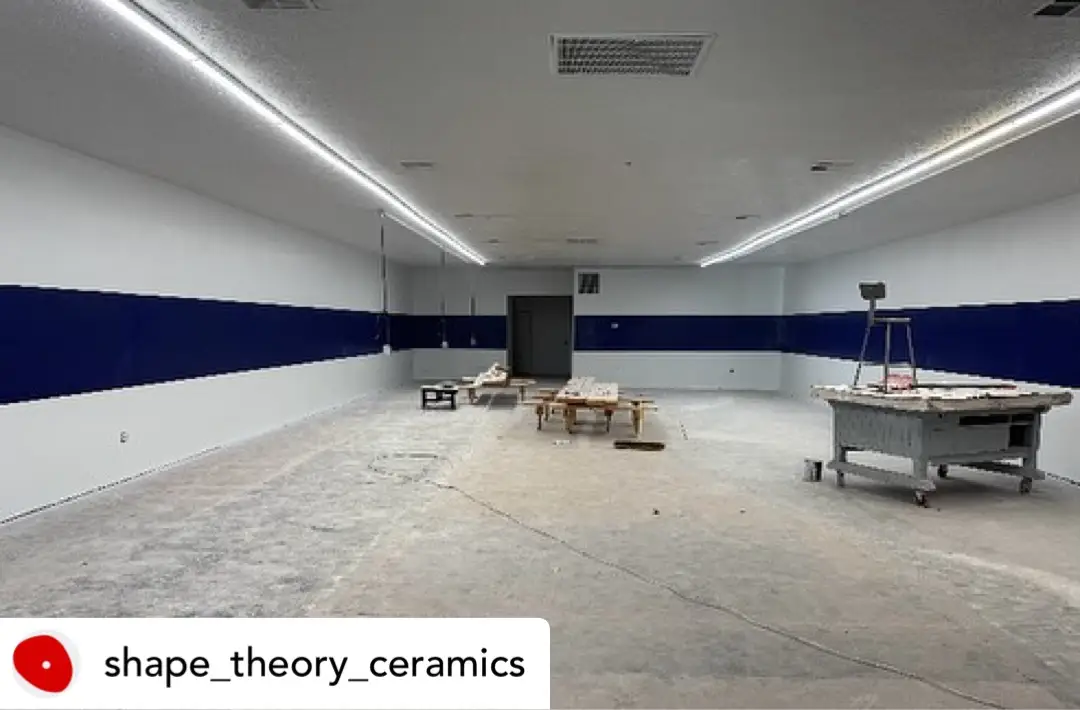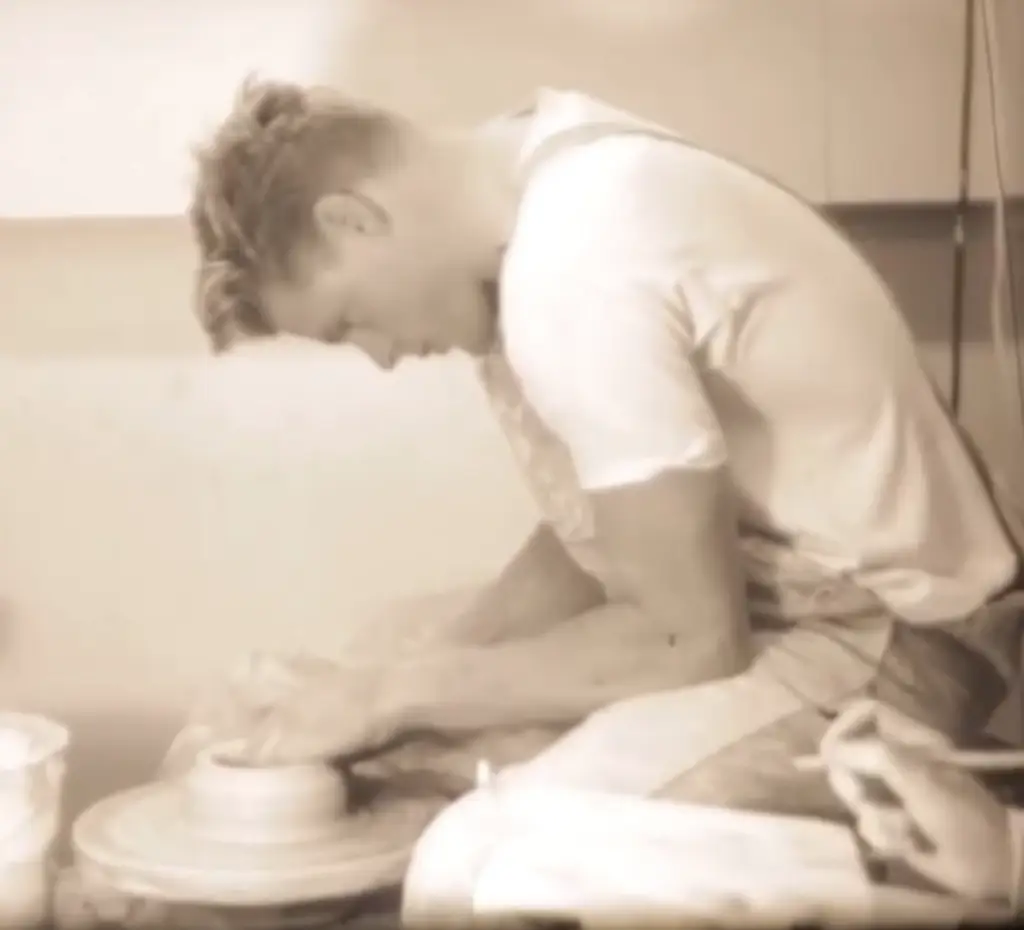What You Find Is What You Bring
A young couple once set out in search of a new town to call home. As they arrived at the outskirts of one, they spotted an old man sitting on his porch. They asked him, “What’s this town like?”
The old man leaned back and said, “Well, what was the last town you lived in like?”
“Oh, it was awful,” they replied. “People were small-minded, the opportunities were few, and we couldn’t wait to leave.”
The old man nodded and said, “That’s exactly what you’ll find here.”
A while later, another couple came by, asking the same question. The old man gave the same response: “What was your last town like?”
“It was wonderful,” they said. “The people were kind, we found ways to make it work, and we built a life we loved. We were just ready for a new adventure.”
The old man smiled. “That’s exactly what you’ll find here.”
It’s our default
Evolution shaped us to prioritize survival over happiness. Negativity bias, the tendency to focus on threats more than positives helped our ancestors stay alive. Those who saw danger in every shadow were the ones who avoided predators, outlived disasters, and passed on their genes. In a tribal setting, these cautious voices helped protect the group. It is our default, it’s my default, and it takes effort to reframe our circumstances.
But survival isn’t the same as thriving. If you see every challenge as a reason to complain, you’re still operating on that old programming, you’re not evolving..
When we’re surrounded by negative people, this is what happens:
- Your amygdala lights up, treating negativity as a threat.
- Your mirror neurons absorb the emotions of those around you, making negativity feel contagious.
- Your prefrontal cortex tries to reconcile their perspective with your own, which can lead to self-doubt.
- Your own negativity bias gets triggered, making problems seem bigger than they actually are.
- Your body might even release more cortisol, leaving you feeling stressed and drained.
That’s why constant negativity doesn’t just make you question your choices, it actually affects your brain.
Hard Places Create Strong People
Struggle isn’t a roadblock; it’s the path. Obstacles demand adaptation, spark creativity, and build resilience. The challenge isn’t in the way, the challenge is the way.
That’s why I ask my students, after each assignment, to reflect: What obstacles did you face in making your work? And more importantly, how did those obstacles create unexpected opportunities?
Because making art is like building a life. The constraints, the roadblocks, the friction, that’s where possibility lives.
Yes, this place has its limitations. Cultural and religious traditions that shape expectations. Small town/fewer restaurants and things to do. But if you have influence, your role isn’t to tear it down, it’s to make it better. Or, if it’s not for you, to find a place where you can truly thrive
- Cynicism isn’t a strategy.
- Complaining isn’t leadership.
- Negativity doesn’t attract opportunity.
If you think you’re too big for this pond, great, go find a bigger one. But don’t spend your time poisoning the water for those of us who are committed to making it work.
As the founder and teacher of Shape Theory Ceramics, if I walked around calling Cedar City a terrible place to live, how many people would want to invest their time, energy, or money into what we’re building? If I didn’t truly love it here, or at least believe in its potential, my attempt to create a thriving ceramics community wouldn’t work,. I’d be out of business. And I wouldn’t be enjoying the company of so many wonderful, creative and high energy people who may have different beliefs and views of the world, but who also find commonality in curiosity and the love of clay.
On the surface, it might make you look cool, and above it all by being cynical about a place, but in the long run, it just makes you a cynic, and it shrinks your world and your opportunity. And the rest of us move on to folks who share in possibility.
Sometimes, it takes a wake-up call, a loved one’s life-altering diagnosis, a crisis, a moment when the biological clock feels louder than ever, and your mortality is real, to finally see what matters. Time is scarce. Attention is a choice. And negativity is a virus. Are you spreading it or building something better?
I think I’ve always known this. Back in my early 20s, at Ricks College (now BYU Idaho) a Mormon religious based Jr. College, a place packed with rules designed to keep us “chaste”, we had a choice. Play by the book, complain about the absurdity of it all, or make our own fun. So we did. Running around campus at night. Sneaking past curfew. Goofing off under the full moon at the St Anthony sand dunes near Rexburg. At any other school, our antics would have been “G” rated, but because the rules were so severe, it didn’t take much to be scandalous..
And then there were the complainers. The ones who sat back and criticized. They weren’t having any fun so we avoided them. If it’s true that you’re the average of the five people you spend the most time with. Choose wisely.
The people who thrive aren’t the ones who see the worst in everything. They’re the ones who see possibility even when things are hard. Because what you find is exactly what you bring.
Leadership shapes the culture around it. The way you talk about a place, a project, or a challenge sets the tone for how others engage with it. If you lean into negativity, people pick up on that, and suddenly, they’re looking for reasons to leave instead of reasons to stay. But if you approach it with curiosity, creativity, and a mindset that says, “Yes, there are challenges, but here’s how we work with them”, you create a space where people want to be.
It’s not about pretending everything is perfect. It’s about deciding that what’s here is worth the effort. Because if you’re waiting for a perfect place, you’ll never find it. And if you keep telling people this isn’t one, eventually, they’ll either believe you and circle the drain with you, or move on.
What You Find Here Is Exactly What You Bring With You
So, you’ve got a choice. You can lean in, you can move on, or you can make things worse.
Want to win? Shift your mindset. Find the leverage points. Turn constraints into advantages. And if moving on is the right move, then use this place as your launchpad instead of your excuse.
Because in the end, what you find here….or anywhere….is exactly what you bring with you.
Getting Closer
The painting is complete with a blue stripe added. I’m now waiting for Rocky Mountain Power to upgrade the transformer so the kilns and wheels can be powered simultaneously. The kilns are scheduled to arrive this Saturday. I’m so excited to see this project come to fruition. I’m looking forward to sharing my 35-year love affair with ceramics with my community.
We’re going to have a great time, dropping into the flow of creativity, and the ceramics classes will be less expensive than therapy – and a lot more fun.


My First Ceramics Class
If my memory serves me right, I took my first ceramics class when I was 24, and now that I’ve just turned 60, I realize I’ve been at this ceramics thing for quite a while. That first class was in college, and it didn’t take long for me to get hooked. I spent every extra moment I had in the pottery studio, often at the expense of my other classes.
Eventually, I started making sculptures as well, but it was the wheel that truly captivated me. I would stay in the ceramics studio until security kicked me out, and even found ways to subvert the rules, staying past the allotted hours and sneaking in on Sundays when the campus was closed. I might have neglected my other classes, but I consistently earned A’s in ceramics.
After a long day in the studio, I’d ride a creative high. My favorite thing to do after a full day at the wheel was to come home to my tiny apartment, light a candle, turn on some mellow tunes, and reflect on what I had made. I’d lie there, basking in the dopamine rush from spending hours in the flow.
I still get really excited about working with clay, even though I no longer “vibe” with candles and music. But when I can immerse myself in clay for long stretches of time, that’s when I’m happiest.
The sense of creative well-being that I’ve experienced over the years is something I want to share with my Cedar City community.

